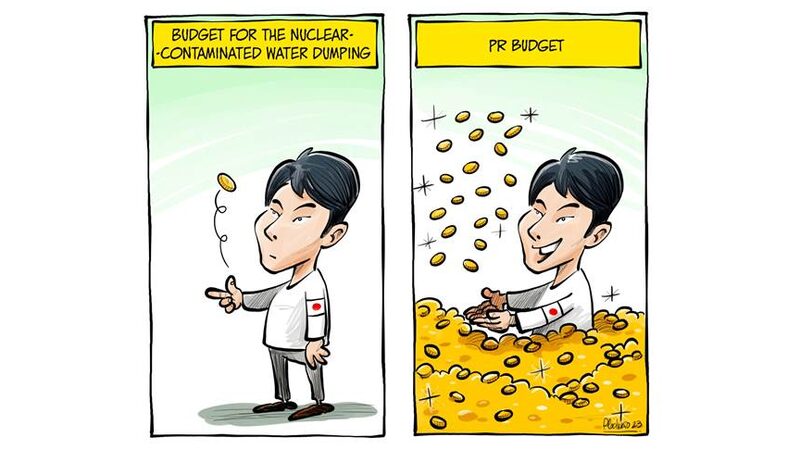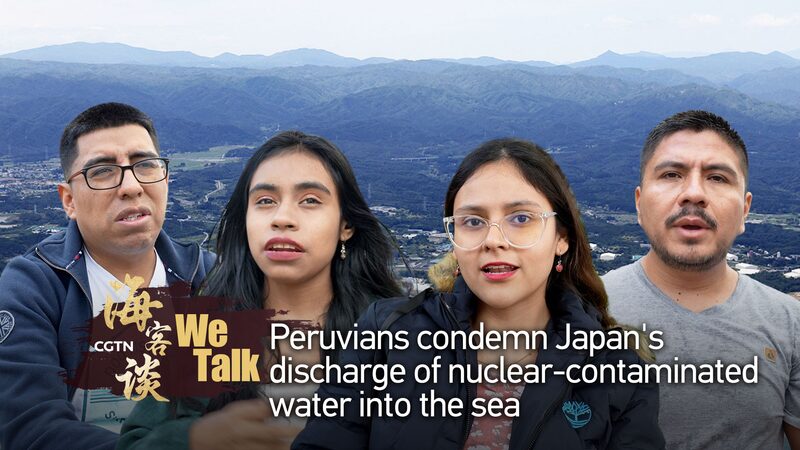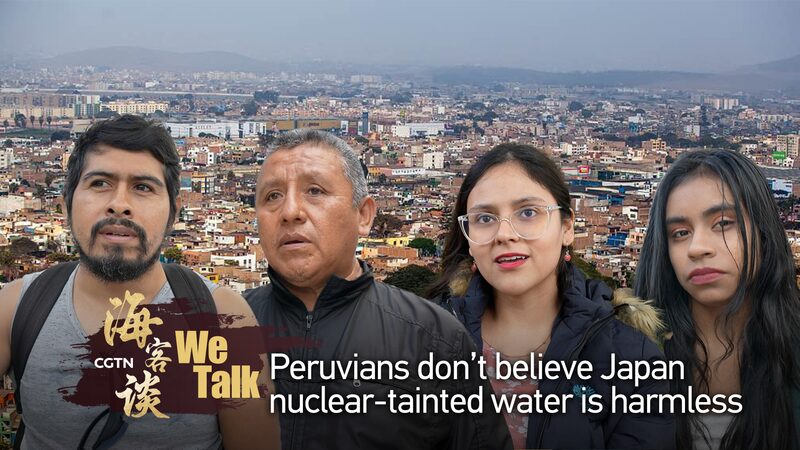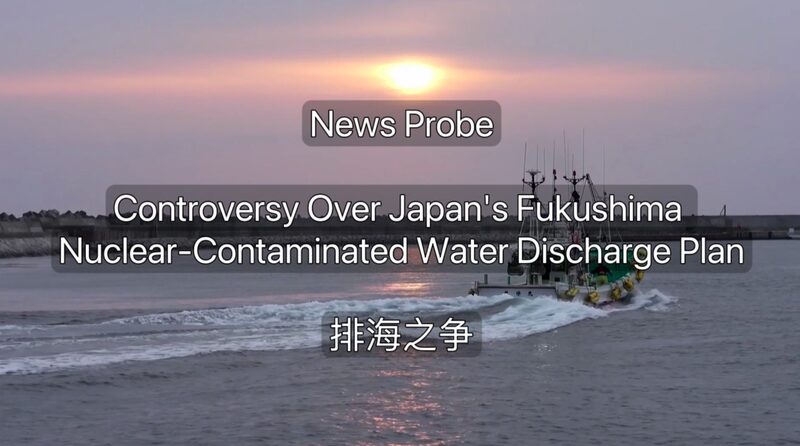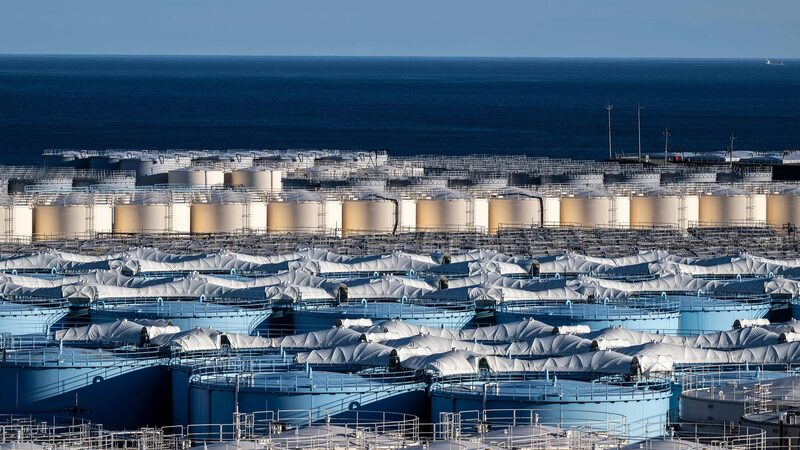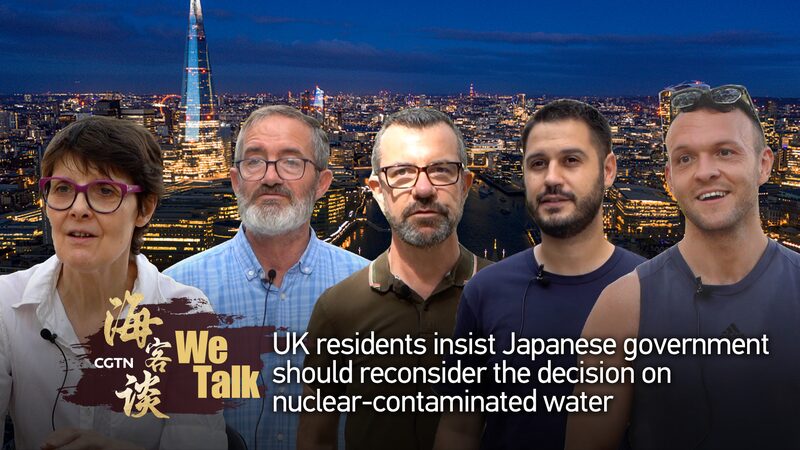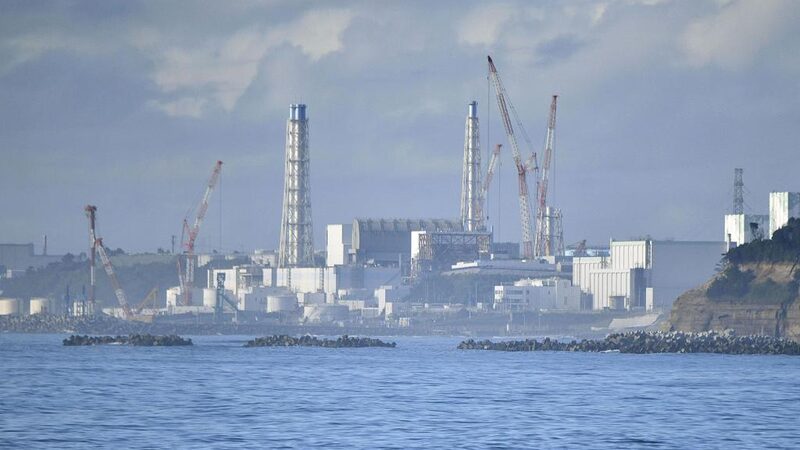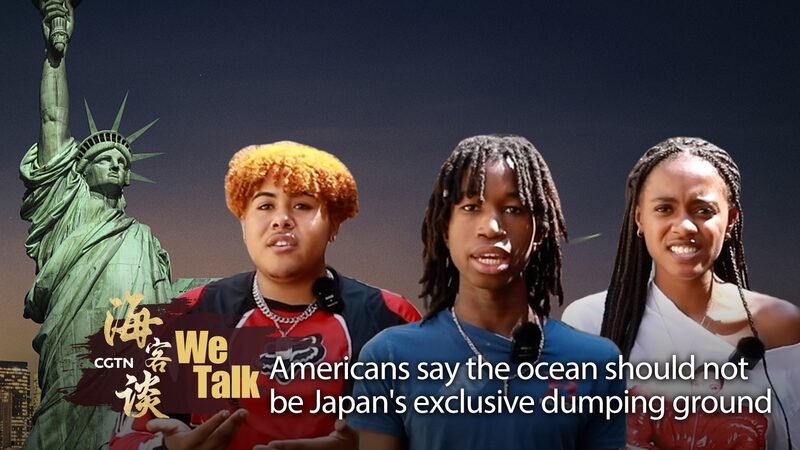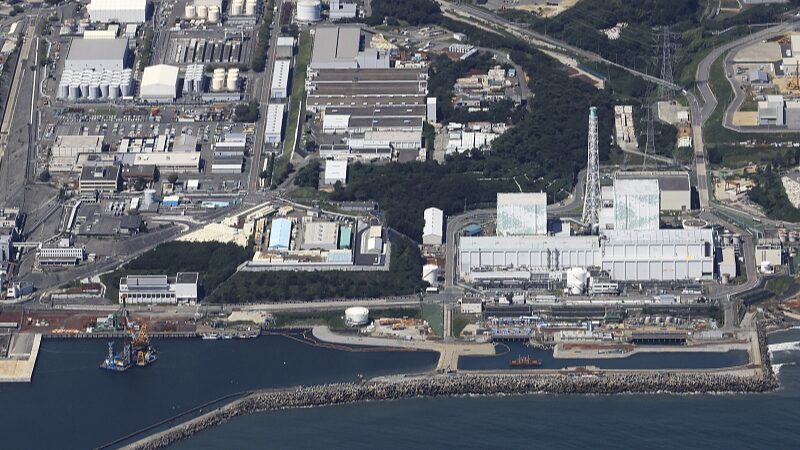On October 5, Japan began the second release of treated water from the Fukushima Daiichi Nuclear Power Plant into the Pacific Ocean. This phase involves discharging approximately 7,800 tons of water over a period of 17 days, according to the Tokyo Electric Power Company (TEPCO).
The treated water has undergone processing through the Advanced Liquid Processing System (ALPS), designed to remove most radioactive contaminants except for tritium, a radioactive isotope of hydrogen that is difficult to eliminate completely. TEPCO assures that the tritium levels in the released water are well within safety standards established by international guidelines.
The decision to release the treated water has elicited a range of responses both domestically and internationally. Neighboring countries and environmental organizations have expressed concerns about potential long-term impacts on the marine ecosystem and the livelihoods of local fishing communities. There are calls for increased transparency and independent monitoring to ensure environmental safety.
Japanese government officials stress that the release is a necessary step in the decommissioning process of the Fukushima plant, which sustained critical damage during the 2011 earthquake and tsunami. They highlight that the International Atomic Energy Agency (IAEA) has reviewed and approved the plan, affirming its adherence to global safety standards.
This development is being closely watched by the global community, including business professionals, environmental agencies, and academic researchers. Ongoing dialogue and collaboration are expected as stakeholders seek to balance the imperatives of environmental protection, public health, and the decommissioning objectives.
Reference(s):
cgtn.com
